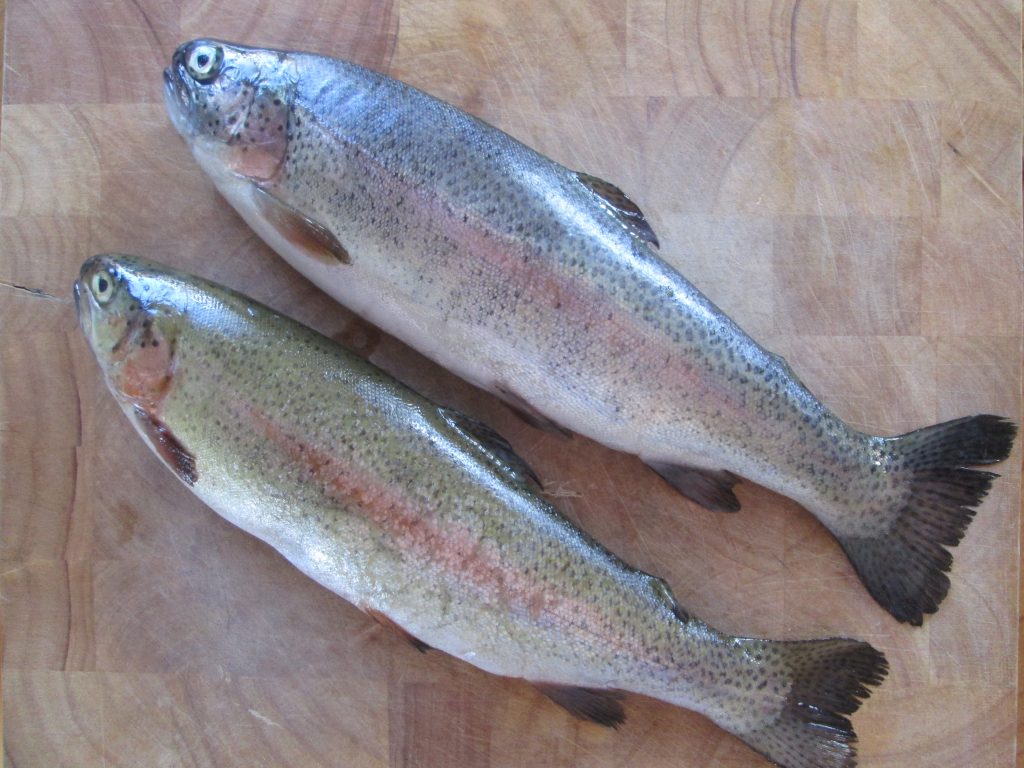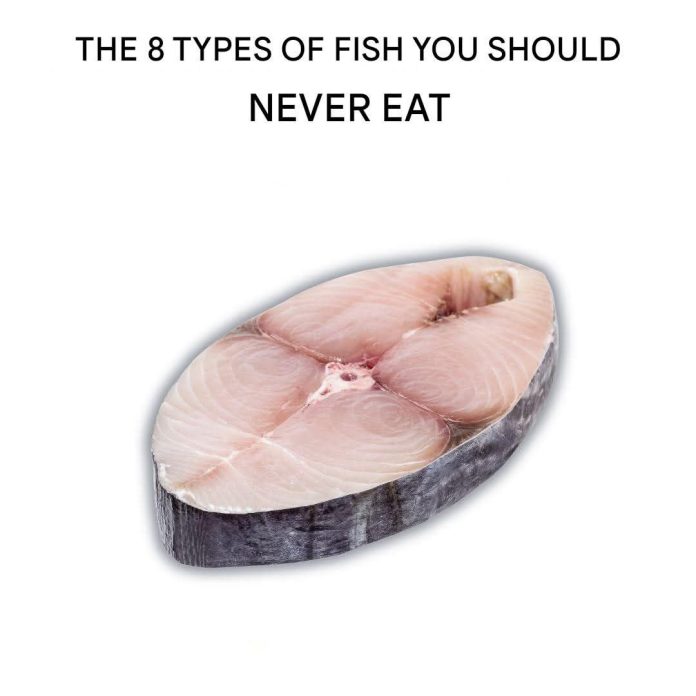Fish is a highly nutritious component of many diets, offering essential omega-3 fatty acids, proteins, and various vitamins and minerals. However, not all fish are equal in terms of health benefits and environmental sustainability. Certain species pose health risks due to high mercury levels or environmental contaminants, while others are harvested using methods that harm marine ecosystems. Being informed about which fish to limit or avoid can help you make healthier and more sustainable dietary choices. Here are eight types of fish you might consider avoiding:
1. King Mackerel
King mackerel is known for its high mercury content, which can be particularly harmful to pregnant women and young children. Mercury exposure is linked to neurological and developmental issues. The U.S. Food and Drug Administration (FDA) advises against consuming king mackerel due to these concerns.

2. Shark
As apex predators, sharks accumulate significant amounts of mercury and other toxins. Additionally, overfishing has led to a decline in shark populations, disrupting marine ecosystems. Consuming shark meat is discouraged due to both health risks and environmental impact.
3. Swordfish
Swordfish contains elevated mercury levels, making it a risky choice, especially for vulnerable groups like pregnant women and young children. The FDA includes swordfish on its list of fish to avoid for this reason.
4. Orange Roughy
This deep-sea fish has a long lifespan, allowing it to accumulate high mercury levels over time. Orange roughy is also vulnerable to overfishing due to its slow reproductive rate. Health experts recommend limiting consumption of this species.
5. Atlantic Cod
Once a staple in many diets, Atlantic cod has suffered from overfishing, leading to significant population declines. While efforts are underway to rebuild stocks, it’s advisable to choose alternative species to allow recovery.
6. Imported Farmed Shrimp
A significant portion of imported farmed shrimp comes from countries with lax regulations on antibiotic use and environmental standards. These practices can lead to contamination and ecological damage. Opting for domestically farmed or sustainably sourced shrimp is a better choice.
7. Chilean Sea Bass (Patagonian Toothfish)
Chilean sea bass has been overfished, and illegal fishing practices have further threatened its populations. Additionally, this species tends to have higher mercury levels. Seeking alternatives is recommended for both health and sustainability reasons.
8. Tilefish (Gulf of Mexico)
Tilefish from the Gulf of Mexico are known to contain high mercury levels, posing health risks if consumed regularly. The FDA advises against eating this fish, particularly for sensitive groups.
Healthier Alternatives
To enjoy the benefits of seafood while minimizing health risks and supporting sustainable practices, consider incorporating the following options into your diet:
- Salmon (Wild-Caught, Alaskan): Rich in omega-3s and generally low in contaminants, wild-caught Alaskan salmon is a nutritious choice.
- Sardines: These small fish are packed with nutrients and have low mercury levels.
- Rainbow Trout (Farmed): Responsibly farmed rainbow trout offers a healthy and sustainable option.
- Atlantic Mackerel: Unlike king mackerel, Atlantic mackerel has lower mercury levels and is rich in beneficial fats.

Guidelines for Safe Fish Consumption
When selecting seafood, keep the following tips in mind:
- Check Advisories: Refer to local and national advisories for information on fish safety and sustainability.
- Diversify Choices: Eating a variety of fish can help minimize exposure to specific contaminants.
- Limit Intake: For fish known to have moderate mercury levels, limit consumption to recommended servings per week.
- Choose Sustainable Sources: Look for certifications indicating sustainable fishing practices to support environmental conservation.
By staying informed and making mindful choices, you can enjoy the health benefits of fish while minimizing potential risks and contributing to the sustainability of marine life.

















